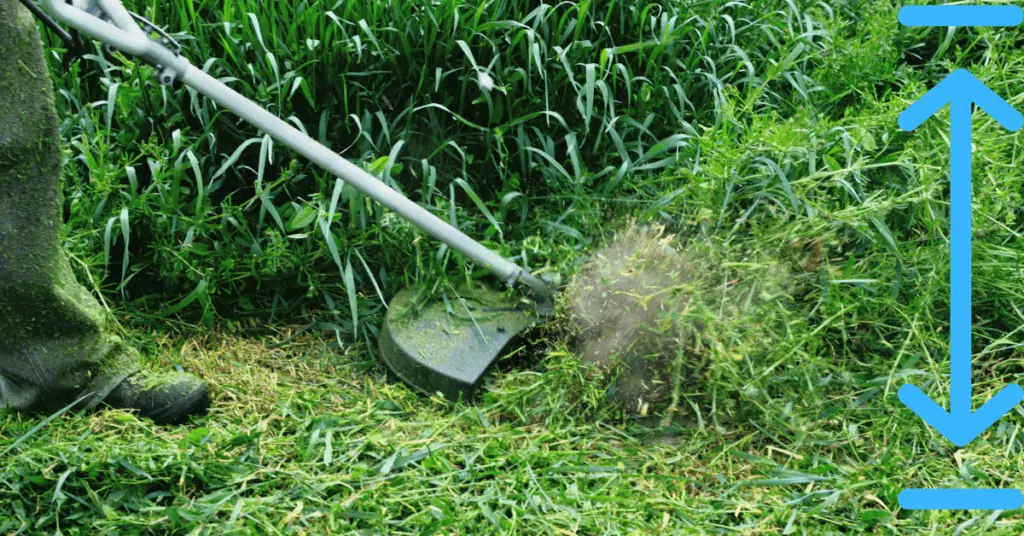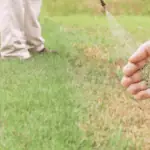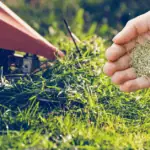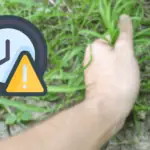Mowing lawns is general for many homeowners looking to have healthy turf around their property. Whether it’s every Saturday or more frequently, they can’t wait to get on a mower, turn the engine on, and get trimming. However, cutting grass to prevent weeds is another reason to consider.
There is always a debate about how high the length of grass should be before cutting it to prevent weed growth. In this article, you will learn more about that and the perfect height to mow that keeps the weeds guessing.
What is the Best Height to Mow Grass to Prevent Weeds?
Whether you’re experiencing weed takeover, there’s always the best height to cut grass. But it’s important to note that your lawn’s best natural defense against weeds is good overall lawn health.
A healthy and thick grass is between 3-4 inches tall and shades weed seeds, leaving them to die before germinating. The few weed seeds that make it out and germinate get quickly smothered, meaning they can’t grasp the ground or lawn fully.
When the grass is mowed too short, weed seeds germinate freely and quickly outgrow your grass. The weed population will use your soil’s nutrients and uptake available soil moisture. Also, it will shade your grass from essential sunlight, ensuring your beautiful lawn dies slowly.
Generally, short blades of grass limit the amount of chlorophyll each grass plant can get. On the other hand, longer grass blades translate to more chlorophyll made available to each plant, contributing to more vigorous growth.
Does Mowing High Prevent Weeds Growth?
Research has shown that increased mowing height significantly reduces weed pressure, even without pre-emergent herbicides. Further, experts suggest mowing at a high setting on your mower to promote deep roots, better grub damage, and crowd out weeds.
When you cut the grass short, there’s a tendency that you’ll need to apply more insecticide and herbicide for weed control. However, with a raised mowing height, a denser turf out-competes weeds, preventing them from taking root seriously. So, yes, mowing high prevents weeds from growing.
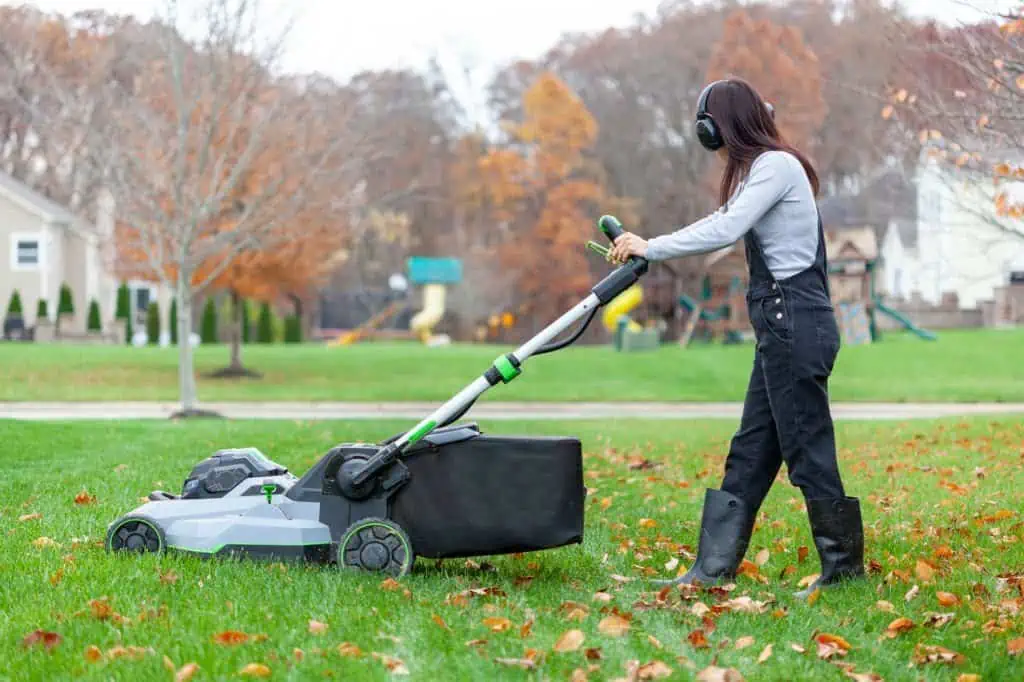
Don’t Treat Your Lawn as a Golf Course
You see golf courses around all the time. They always carry a pristine, well-manicured appearance, enabling golfers and their fans to enjoy the game. But make no mistake, treatments for a golf course are much different from a regular yard lawn.
The golf course is mainly about superb greens, tees, and fairways. That’s why they’re cut short with lawnmowers trimming the grass at least thrice weekly. Also, much money is spent making the courses look that way. Since you can’t spend thousands of dollars to maintain such a look, cutting your grass high makes it easier to maintain.
Further, a short grass cut will expose your lawn to weeds, which assume the level of your main grass. The best thing to do is always give your lawn a break and cut high, making it greener, healthier, and more weed free.
Why is Mowing High Good for Your Lawn?
Mowing high provides many valuable advantages for your lawn. Here are some of them:
- Mowing high provides efficient weed and grub control because you use less pesticide on your lawn. You can modestly apply fertilizer, depending on how green and healthy you want your lawn.
- When you mow high, there’s a high chance that your turf will avoid damage. Things like scalping are much less likely to happen on your lawn.
- You can clip up to 30 percent of the leaf blade each time you mow high. That gives you good leverage over most weeds.
- Mowing high helps you establish a robust, more extensive root system. With such a root, it’s easy for your grass to resist and tolerate drought.
Tips to Help You Efficiently Cut Your Grass
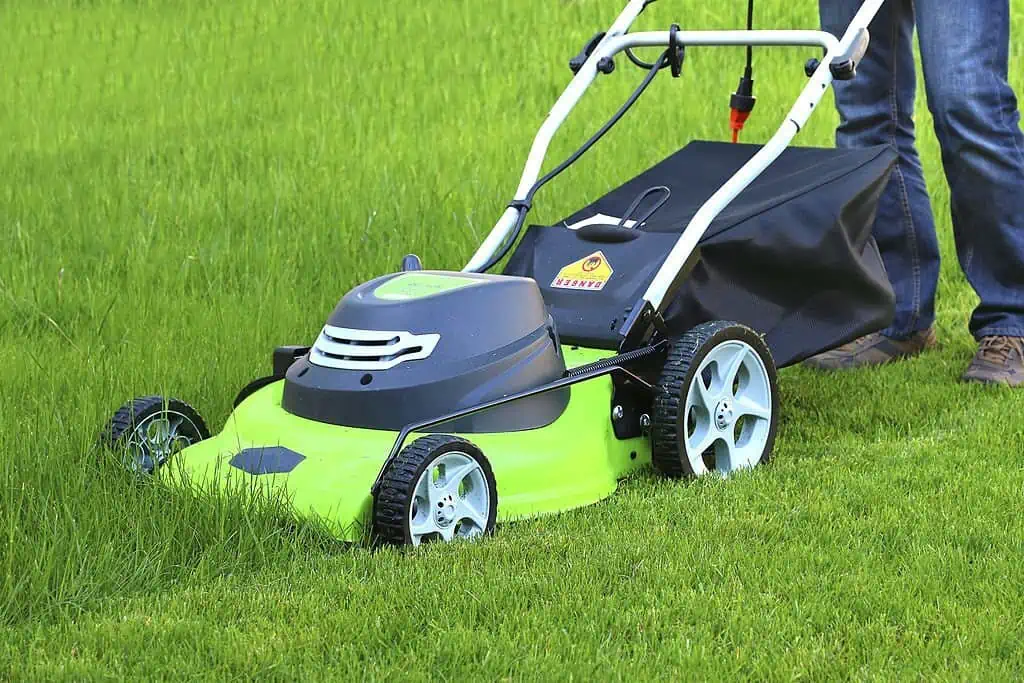
Cut Just 1/3 of the Grass Height
You should cut the grass high because cutting it short may damage it and negatively affect its growth. Also, cutting below 1/3 promotes weed growth, which may compromise grass health.
Identify Grass Type
Knowing the type of grass that grows on your lawn is essential. It helps you understand how to deal with challenges. The detail is also necessary to determine the optimal height it should grow. This way, you can more according to the information to maintain the ideal length of the blades.
Use Several Mowing Patterns
Don’t stick to one way of mowing your grass. Experts mostly recommend changing the pattern and mowing direction on your lawn. Doing that will prevent the grass from developing an unhealthy appearance and promote upright growth.
Mow Only Dry Grass
It’s easy to feel tempted to mow your grass anytime, especially when wet. But resist the urge because mowing wet will cause the grass to stick together, slowing down your work. That means spending more time than necessary on the chore.
Choosing a dry day in the morning or evening is best to finish the work quickly. Also, mornings and evenings help you avoid exhaustion from the noon heat.
Aim for More Height for Shaded Grass
Naturally, grass growing in the shade of other plants and trees may not get adequate water, sunlight, and nutrition if it is too short. You must turn the tables and put the weeds in that position. It’s best to keep the grass longer for general lawn health.
Additional Weed Control Efforts
1. Let Sleeping Weeds Lie
In most cases, weeds can be in many places of your lawn, but only those in the top inch or two of the ground get enough light to trigger germination. When you dig and cultivate, it brings hidden weed seeds to the surface. Conversely, if you leave them and dig only when necessary, they won’t germinate.
Even if you dig, immediately cover the disturbed spot with plants or mulch. To minimize soil disturbance, use a sharp narrow blade to cut the roots of lawn weeds to cut their feed source rather than digging them out.
2. Chop Off Weed Heads
When you can’t remove weeds, the next best thing is chopping off their heads. For example, removing the head of annual weeds gives you a few weeks to seed rain. This action forces the weeds to use up food reserves and exhaust their supply of root buds. That ultimately limits their spread across your lawn.
It would help if you had effective tools with the right blade attachments to cut some weeds. But no matter the tool or method you apply to chop weed heads, cutting them will prevent them from spreading.
3. Weed Lawn When Appropriate
There’s an appropriate time to do anything related to lawn care, and one of them is knowing when to weed your lawn. For example, experts recommend pulling weeds by hand and using a hoe when wet. However, you might need a more significant tool to deal with tougher weeds.
When conditions are dry, weeds generally slice off just below the soil line and immediately shrivel up and die, especially if your hoe has a sharp edge.
4. Mulching
Mulching is another game-changer. Cover your lawn using a layer of organic matter to inhibit the weeds. It also prevents new weed seeds from germinating. Grass clippings, wood chips, straw, and compost are other materials you can use for mulching.
When you mulch, experts advise shunning hay that can contain harmful weed seeds. Mulching is one of the best ways to clear weeds from your lawn or garden, but you must apply mulch early in the season before annual weeds grow.
Final Thoughts
Knowing how high to cut grass to prevent weeds is important because weeds constantly attack your lawn. Generally, keep your lawn between two and a half inches and four inches tall most of the year. Regardless of weeds, it’s easy for your grass to thrive at that height.
An increased mowing height also reduces the pressure from weeds without you using pre-emergent herbicides. When you cut, set your mower on a high setting. This way, you generate deeper roots and crowd out the weeds simultaneously.
Remember, your lawn is not a golf that needs frequent trimming to keep it low, so don’t treat it as one. Now that you know this, leave your grass high when you mow, leaving weeds in the shade and struggling to germinate.
